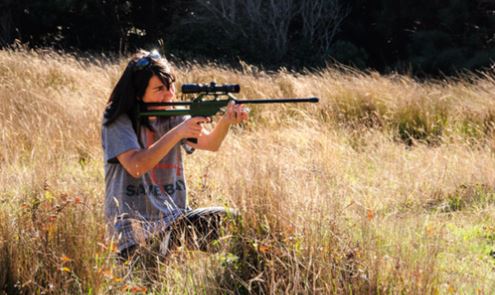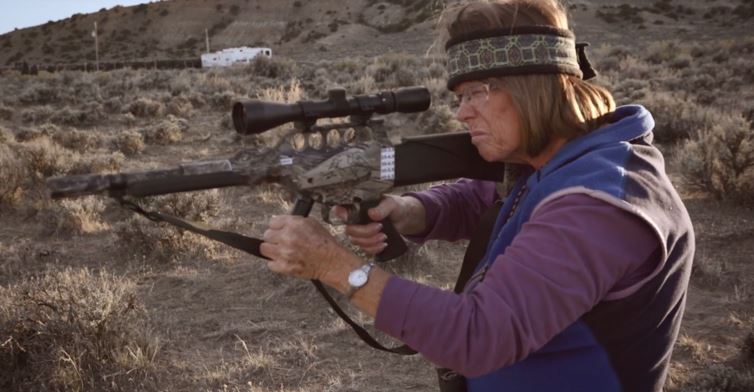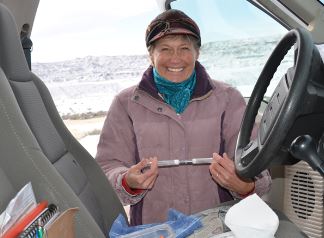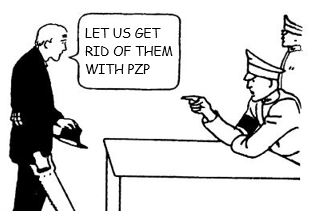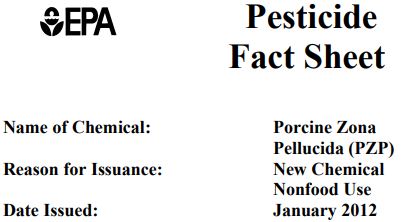A senior scientist with the Center for Biological Diversity, the group that instigated the “Jumping Mouse” roundup last year and has now turned its sights on Salt River herd, has joined forces with an island resident and two advocacy groups alleging that the horses have trouble finding enough to eat and drink, and have degraded the marshes and dunes inhabited by threatened and endangered species, according to a story dated April 21 by Georgia Public Broadcasting.
The plaintiffs want the animals removed from the Cumberland Island Wilderness and Cumberland Island National Seashore, among other things.
They believe that the horses have standing to bring a suit in their own right, according to section 10 of the complaint.
They claim that the condition of the horses has had an adverse impact on their aesthetic enjoyment of the natural wonders of Cumberland Island.
They further claim that the horses receive no food, water, or veterinary care.
This is nuts!
Do they know anything about wild horses?
How many did they consult?
What percentage asked to be removed from their home range?
What about other animals that receive no food, water, or veterinary care, including those on public lands in the American west?
They can’t possibly be happy until they’ve been cut, locked in stalls, smell like carpet cleaner, wear blankets, have their manes and tails braided, and are ridden by morons who can’t control them without big pain bits, spurs, tiedowns and crops.
The case should be thrown out.

